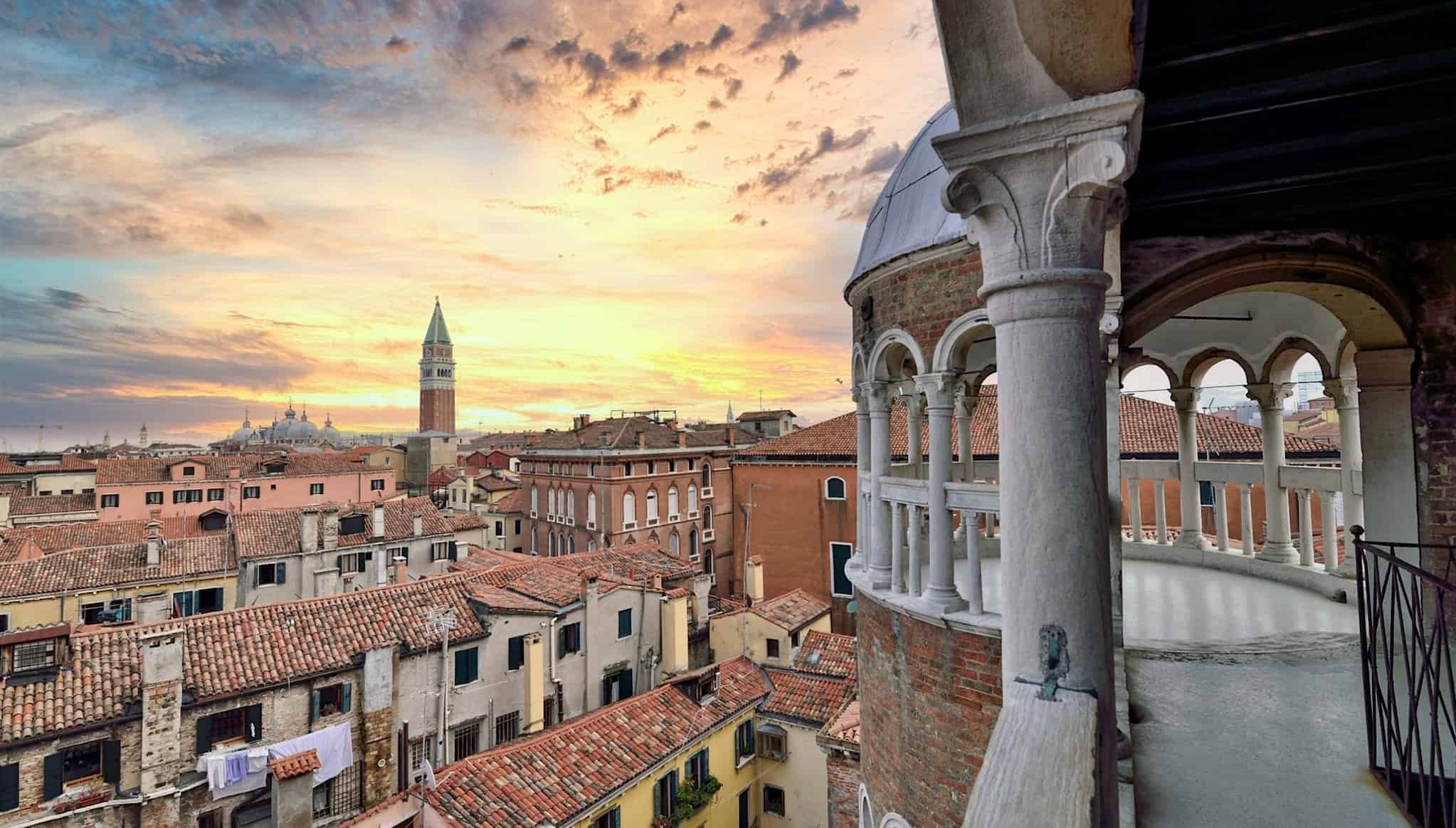Venice Photography Workshops in Winter
/Why This Season Is Secretly the Best Time to Photograph the City
Venice in winter feels like a completely different city. The crowds thin out, the colours soften, the fog rolls in like a stage curtain and suddenly every quiet corner becomes a theatre of small stories. For photographers, this is when Venice shows its real face.
This is the season when my workshops become less about rushing between postcard views and more about slowing down, reading the light and letting moments unfold. Winter rewards patience. It rewards attention. And it offers scenes you simply do not get in any other month of the year.
What makes winter so special for photography
The light is gentle all day
In summer, you chase sunrise and sunset because everything in between is harsh. In winter, the whole day behaves like golden hour. Shadows are softer, reflections are deeper and even a simple pavement becomes interesting.
Atmosphere, fog and mood
Nothing transforms Venice quite like winter fog. Bridges half hidden, silhouettes drifting through the mist, boats appearing and disappearing like characters in a dream. If you love storytelling, this is paradise.
A calmer city
Fewer visitors mean more breathing space. You can shoot slower, explore small alleys and work scenes without pressure. Your photography becomes more intentional.
What we focus on during winter workshops
Twilight and sunrise sessions
Colours shift gently, long reflections appear and the lagoon looks almost metallic. This is when Venice feels closest to a dream.
Burano in winter
The colours stay bright, but the pace slows right down. Laundry, reflections, small gestures, quiet canals. A gift for anyone who enjoys detail work.
Street and storytelling
Winter brings gestures, umbrellas, silhouettes, locals wrapped in scarves, fishermen working early. This is where you develop anticipation, rhythm and patience.
Long exposure and night work
Shorter days mean more blue hour and more chances to play with movement. Light trails, water texture, empty squares, silent canals.
Why join a workshop instead of going alone
You can walk Venice alone and you will enjoy it, but you might miss the timing, the rhythm and the subtle stories that make photographs feel alive. My workshops are built around learning how to notice, how to anticipate and how to translate atmosphere into a frame that works.
We cover technique, composition, field craft and the real secret, patience. You will leave with images you are proud of and a new way of approaching the city.
Winter dates still available
I have a few open slots from private one day sessions to extended multi day workshops.
If you want to photograph Venice at its most magical and least crowded, this is the perfect moment.
You can see availability and book directly here:
https://www.msecchi.com/





































